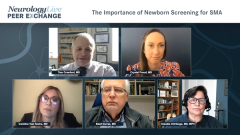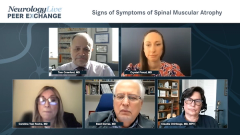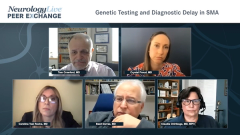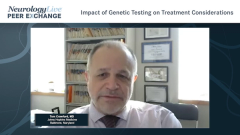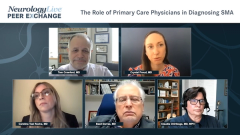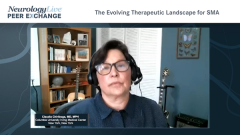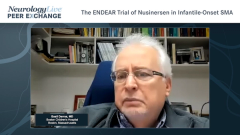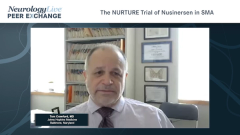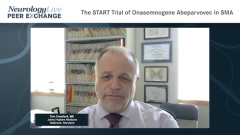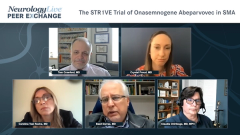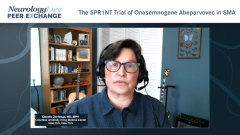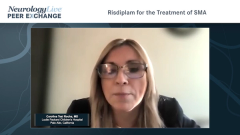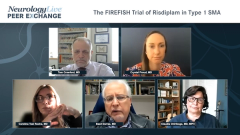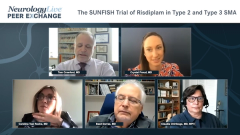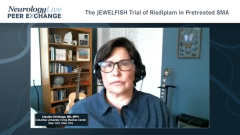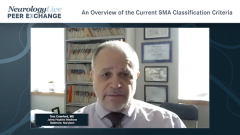
The Role of Primary Care Physicians in Diagnosing SMA
Key opinion leaders in neurology comment on the importance of awareness and urgency in the primary care setting to diagnose spinal muscular atrophy and refer the patient to a specialist.
Episodes in this series

Crystal Proud, MD: We’ve focused a lot on the concerns about delays in treatment, and treatment can only be prescribed after diagnosis is made. It seems that, especially in states that do not yet have newborn screening, there is a significant risk for delay in diagnosis if we are relying on symptoms. We have already heard about the degree of motor neuron loss that happens when patients are experiencing symptoms, and the fact that you cannot get those motor neurons back once they are lost, and it really becomes a game of preservation. Tom, I would like to ask you a little bit more about the involvement of pediatricians in picking up on these symptoms and considerations for getting a more rapid diagnosis.
Thomas Crawford, MD: I am going to change your question, because that is what I do. One of the things that has been emerging from autopsy studies is that there are hallmarks of impaired development seen in the motor roots of babies who die at 6, 12, and 24 months of age, meaning that the pathology of SMA [spinal muscular atrophy] starts prenatally. When exactly the point of no return is—the point beyond which the enhancement of SMN [survival motor neuron] by therapy is no longer possible—is not clear. It probably is not a single cutoff, but there almost certainly is a window beyond which rescue of these immature motor neurons is not to be. In every case, earlier treatment is better. The only question is whether we are going to have an asymptomatic grandfather with 4 copies who we do not want to subject to the ravages of a treatment unnecessarily, on the one hand, versus missing the opportunity to rescue every last motor neuron at a time when they are there. That is clear.
Crystal Proud, MD: I think it is necessary that we communicate to pediatricians the importance of early referrals for motor delay, regression, or loss of skills, and that we reinforce that they should not be sending that child to PT [physical therapy] first to see if they get a little stronger. They should not say, “I’ll see you back in 3 months,” at which point the patient becomes more progressed in their symptoms. We need to say that at the time the pediatrician has identified a concern, they need to go ahead and refer their patient to neurology. Go ahead and have someone check things out; you will then be able to reassure the patient and bring them peace of mind. I would rather tell someone their child is well than, “I wish you had seen me sooner.”
Thank you for watching this NeurologyLive® Peer Exchange. If you enjoyed the content, please subscribe to our e-newsletters to receive upcoming Peer Exchanges and other great content right in your inbox.
Transcript Edited for Clarity
Newsletter
Keep your finger on the pulse of neurology—subscribe to NeurologyLive for expert interviews, new data, and breakthrough treatment updates.

